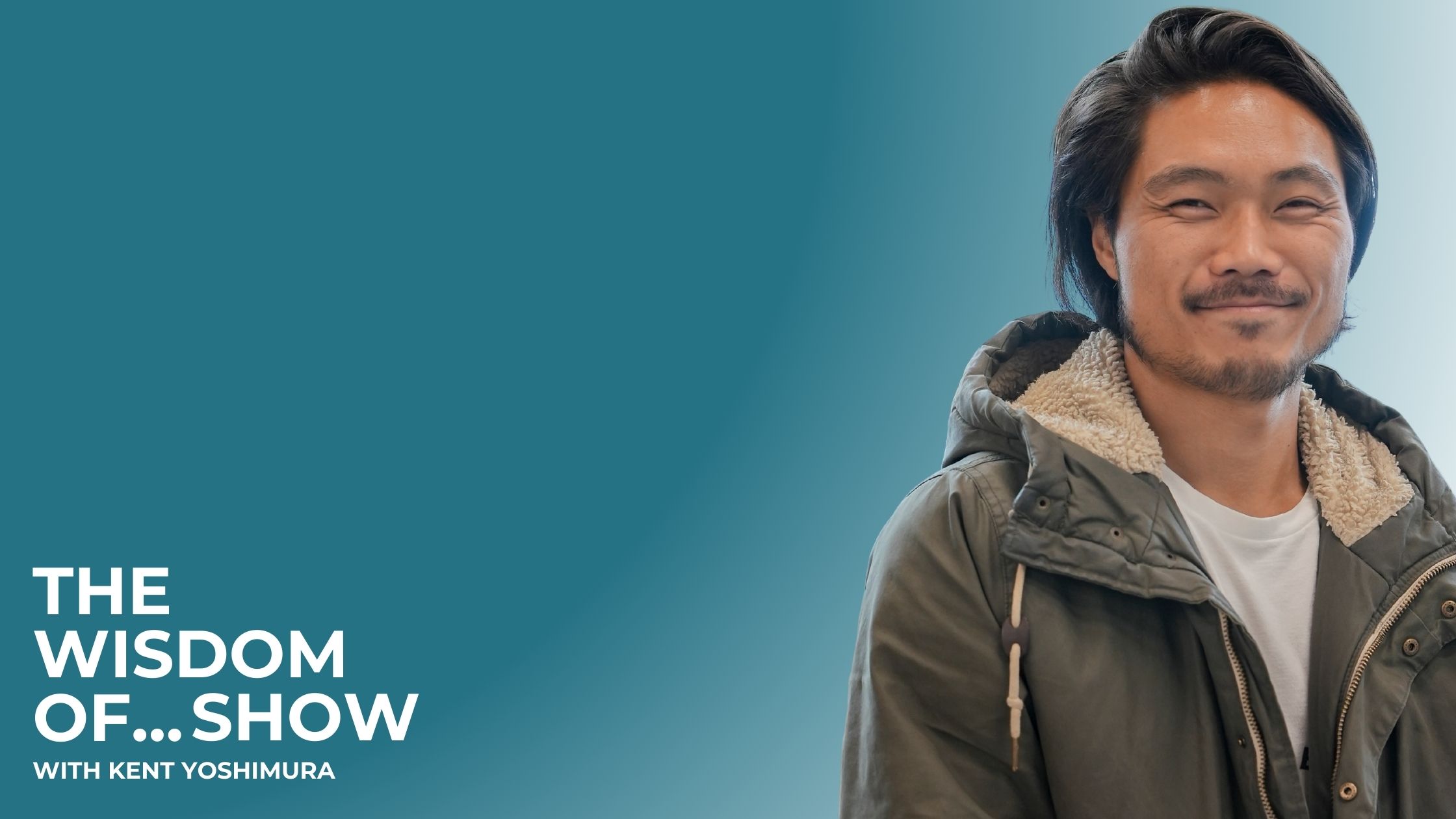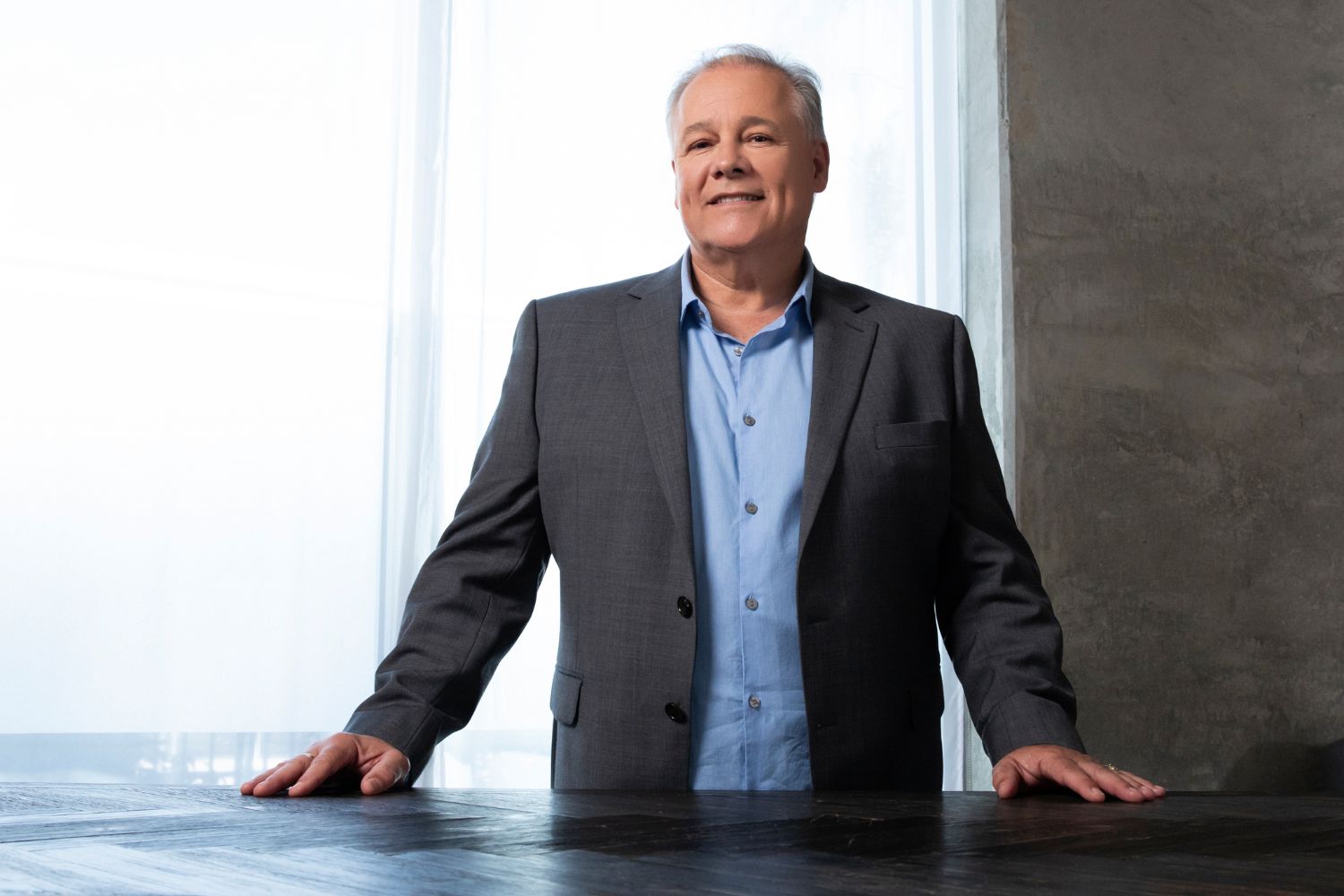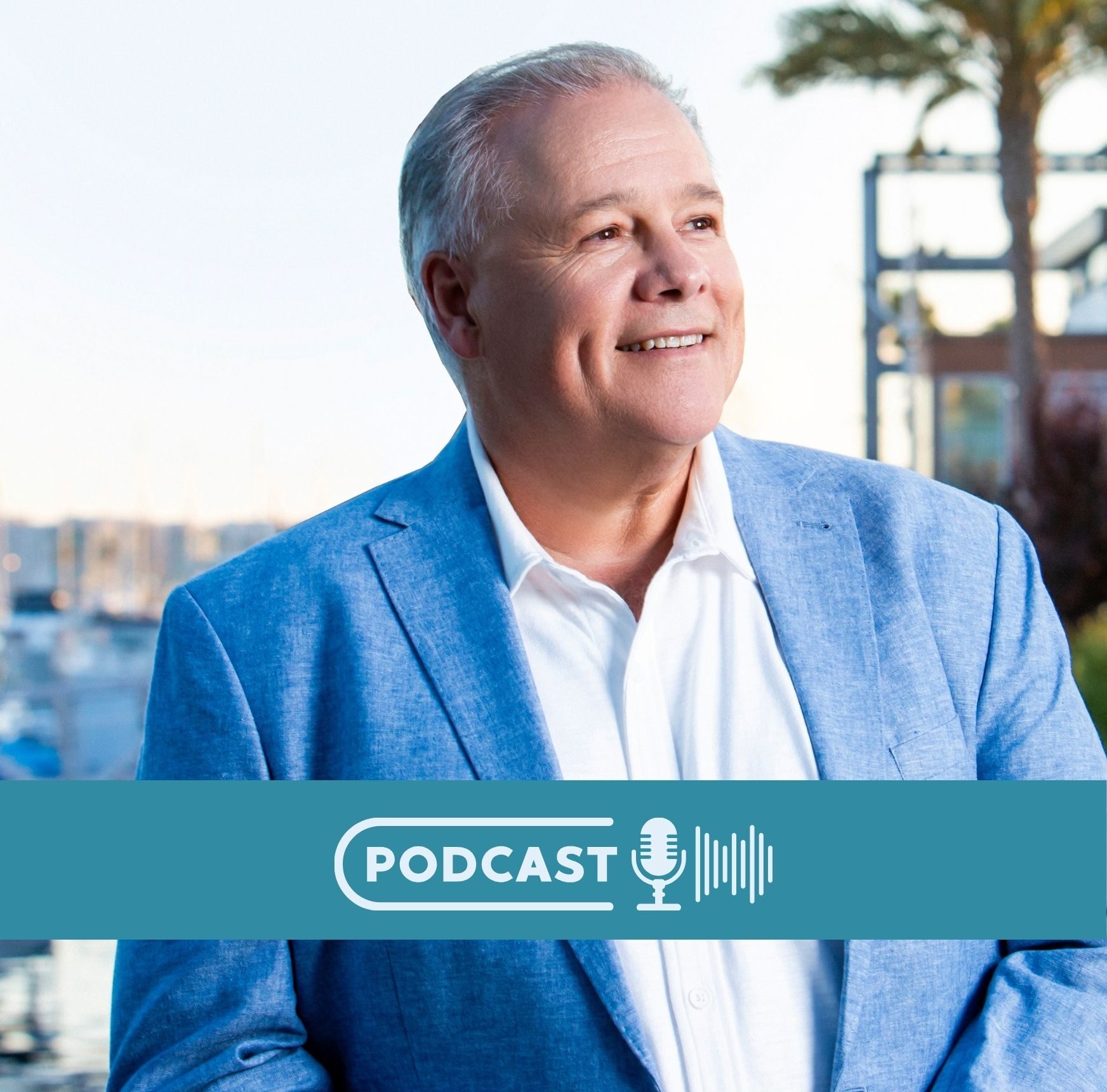On the morning of December 10, 1996, neuro-scientist Jill Bolte Taylor had the harrowing opportunity to do what no other brain scientist had—study her own brain from the inside out.
As Jill recounted in her gripping TED Talk, “My Stroke Of Insight”, it began as a caustic pain behind her left eye, which came in waves, gripping and releasing her as she started her morning routine on her exercise machine.
She looked down at her hands and saw that they looked like primitive claws, taking on an esoteric shape as the left side of her brain began to disengage.
The left side of the brain, which she had lost in this moment, is all about the past and the future.
It thinks logically in language and details, picking apart our present moment and scanning for meaning from our past to project it onto our future.
It gives us our sense of self apart from others, and Jill could feel that this control and order was slowly slipping away.
The right side of the brain, which is all about the here and now, was strikingly present.
It thinks in pictures and symbols, learning through the movement of our bodies in surrender to our senses.
As she began to walk across the room, this euphoric state overtook her. Her movements slowed as she lost her sense of separateness from the world around her, unable to tell where she ended and the walls around her began.
In this moment, all of her worries and fears faded as she melted into the enormous and expansive oneness of all things.
Suddenly, like a switch resetting after a power failure, her left hemisphere came back online, alerting her that this wasn’t right.
She was having a stroke.
Her logical half urged her to get help as she flickered back and forth between the two seemingly opposite worlds.
Between blissful euphoria and urgent panic.
She then tried to call for help, but the loss of her logical side turned the 10-second task of reading and dialing a number into a 45-minute ordeal.
All she could see was scribbles and pixels when trying to comprehend numbers to dial for help.
Eventually, she was able to “speak” with someone and get the medical help she needed, her full recovery after that fateful day taking eight long years.
While Jill’s story in and of itself is both fascinating and frightening, it has profound implications, especially in my work—and potentially, in yours.
It boils down to this:
When faced with deep and seemingly intractable problems, what’s happening in many cases is that the right and left hemispheres are in conflict.
When it comes to our ability as founders to navigate complex problems and lead with indelible wisdom, this inner tension creates friction where there should be fluidity.
Contending with this conflict is at the core of how we derive meaning and establish momentum as creators of original genius.
But what if there was a way to communicate to both sides of the brain simultaneously, bridging them even in the most demanding moments?
Here’s the key…
A great visual model is a sense-making connector between the right and left hemispheres of the brain.
With the right model for the right situation, you can simultaneously present the big picture visually to the right side of the brain while presenting a clear and organized solution to the left.
The right side of the brain goes, “It’s visual, it’s appealing, it’s balanced,” while the left side goes, “It’s logical, it makes sense, it works.”
This ability of models to live at this pivotal intersection is born out in two fundamental truths:
1: Success is proportional to the level or depth of thinking that drives it.
2: It is also proportional to the founder’s ability to influence the decisions people make to support it.
This first principle is mirrored by the left side of the brain, which is rooted in logic and reason.
The second one is mirrored by the right, which is driven by sensory experiences and intuition.
The ability of visual models to speak to both hemispheres concurrently makes them the most powerful tool to distill complex problems—where logic and emotion are inseparably intertwined—into profoundly potent solutions.
Visual models really are tools that free you up to step into your most profound depths of wisdom and insights and do the extraordinary work in the world that you were put on this Earth to do.
Our ability to collapse this paradox of creativity and logic and bridge the two sides of the brain, is central to your ability to transcend chaos and more efficiently navigate the path that will procure and perpetuate your original genius.
So next time you’re finding yourself faced with a vexing problem, start by identifying a visual model that bridge the gap between your left and right hemispheres, use it to foster richer deeper thinking, and then allow it to become your influence weapon of choice for others.
Join my weekly newsletter to discover more about my Models Method. If you’re ready to speak with me about which model will further accelerate your growth and amplify your original genius, start by applying to work with me so we can get to know one another better.










